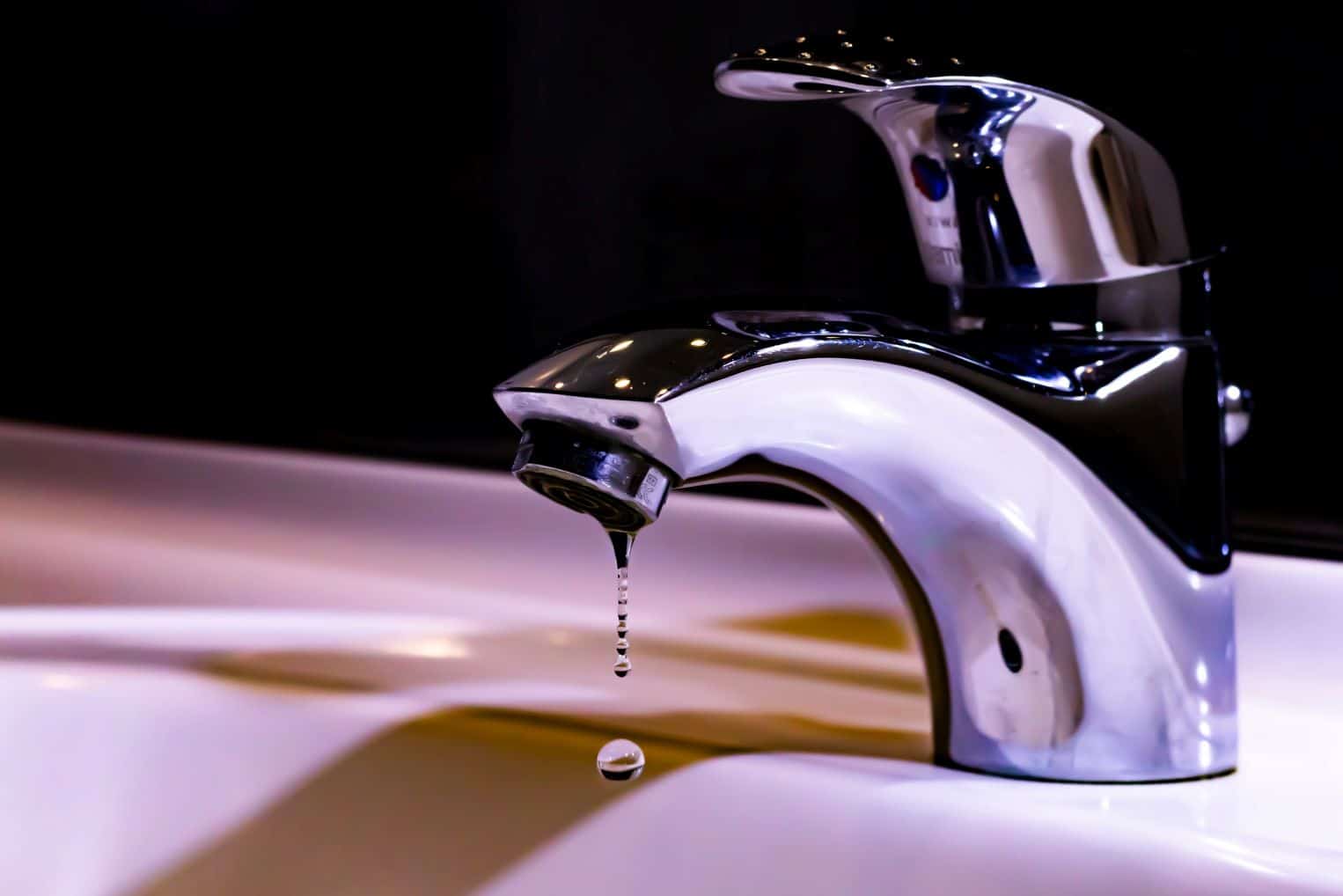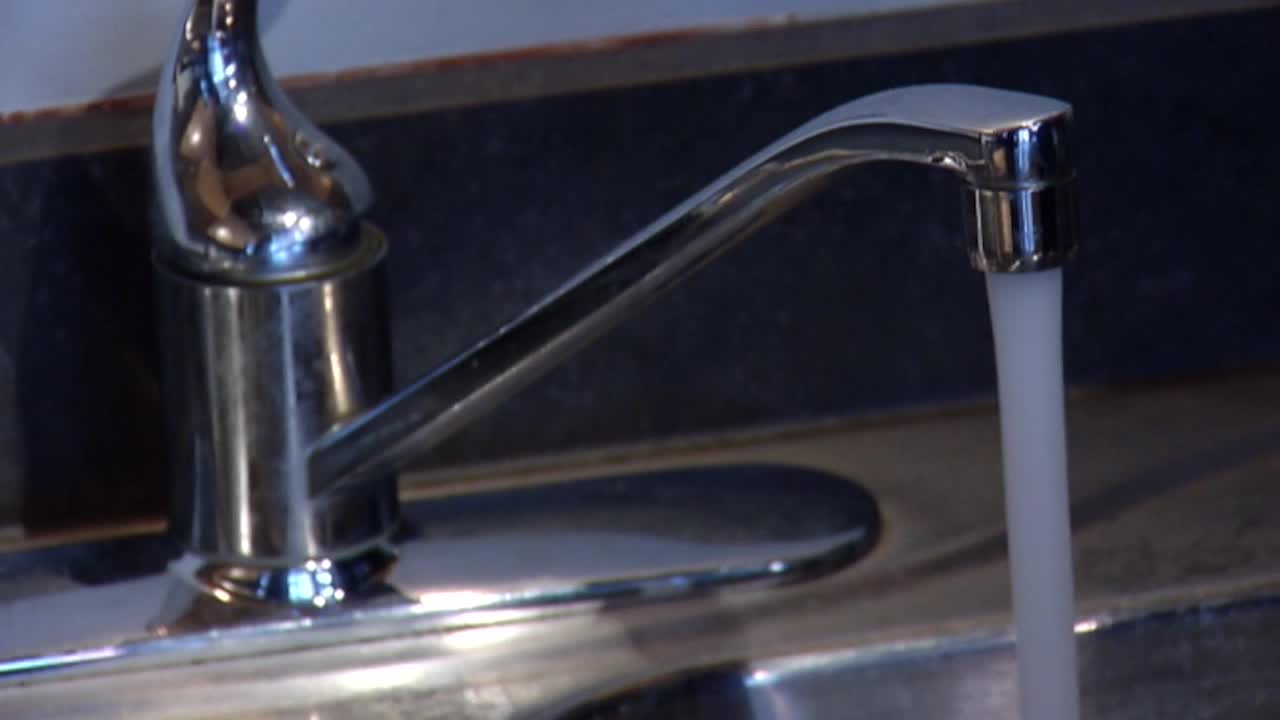Discovering the Consequences of Continuous Dripping
Discovering the Consequences of Continuous Dripping
Blog Article
We've unearthed this article pertaining to Potential Health Risks Associated With Leaky Faucets below on the internet and concluded it made good sense to talk about it with you on my blog.

Introduction
A leaky tap could feel like a small aggravation, yet its effects expand much past the periodic drip. Recognizing the impacts of a leaking faucet is important for both property owners and the environment. In this post, we'll discover the numerous effects of this common household problem and why addressing it without delay is crucial.
Root Causes Of Leaky Faucets
Leaky taps can arise from a variety of variables, including wear and tear, high water stress, and rust. Over time, the consistent use of taps can result in damaged seals and gaskets, causing leakages to develop. Furthermore, extreme water stress can put stress on plumbing components, resulting in leakages. Corrosion and rust can likewise weaken faucet elements, making them prone to leak.
Water Wastefulness
Among the most considerable effects of a dripping faucet is water wastage. Even a little drip can amount to gallons of wasted water over time. This not only drives up water costs but likewise contributes to water deficiency and environmental destruction. Addressing dripping faucets promptly is important for preserving this valuable resource and lessening its effect on the planet.
Financial Effect
Along with drainage, dripping faucets can also have a considerable monetary influence. Raised water costs are a straight effect of water wastefulness, setting you back home owners thousands of dollars every year. Furthermore, the cost of repairing water damages triggered by leakages can be considerable, particularly if left unattended for a prolonged duration.
Ecological Impact
The ecological effect of leaky taps prolongs past water waste. By preserving water, property owners can contribute to wider efforts to alleviate water scarcity and secure natural ecological communities. Sustainable options such as rainwater harvesting and water-efficient fixtures can better reduce the environmental impact of household water usage.
Technical Solutions
Advancements in modern technology have caused the advancement of wise taps and water-saving tools that assist minimize water wastefulness. Smart taps make use of sensing units to spot movement and change water circulation as necessary, lowering waste without sacrificing convenience. Water-saving tools such as aerators and low-flow showerheads are additionally reliable in preserving water without endangering performance.
Global Perspectives
While dripping taps may look like a localized concern, they add to more comprehensive worldwide challenges such as water scarcity and environment change. In areas already facing water anxiety, every drop counts, making leakage prevention and fixing vital. By adopting water-saving methods and investing in sustainable modern technologies, property owners can play their component in dealing with these pressing worldwide concerns.
Regulatory Steps
Federal government regulations play an important duty in mitigating the impact of leaking faucets and promoting water conservation. From constructing codes that call for water-efficient fixtures to water-saving rewards and discounts, policymakers have a range of tools at their disposal. By carrying out and imposing these guidelines, federal governments can make certain that homeowners prioritize water conservation in their every day lives.
Community Effect
Addressing leaking faucets needs collective efforts at the neighborhood level. By increasing understanding regarding the significance of water conservation and providing resources for leakage discovery and repair service, regional authorities can empower homeowners to act. Initiatives such as water-saving discount programs and leakage detection projects can incentivize habits change and advertise accountable water use.
Situation Studies
Real-life examples of the effect of leaky taps underscore the value of proactive upkeep and timely repair services. From water damage to increasing water expenses, the effects of disregarding leakages can be severe. By sharing these case studies, home owners can better understand the importance of attending to dripping taps without delay.
Educational Campaigns
Educational campaigns play a vital duty in elevating recognition concerning the results of leaking taps and promoting water conservation practices. Through workshops, workshops, and online resources, homeowners can find out just how to find and repair leaks themselves. By encouraging people with understanding and tools, instructional projects can promote a culture of responsible water use within neighborhoods.
Health Problems
Leaking taps can produce conducive settings for mold and mold growth, presenting health and wellness risks to passengers. The presence of mold and mildew can exacerbate respiratory system issues and allergic reactions, specifically in susceptible people. Additionally, water damage resulting from leakages can endanger the structural stability of structures and lead to expensive repair services.
Do it yourself vs. Professional Repair work
When faced with a leaking faucet, property owners commonly question whether to try repairs themselves or hire a professional plumber. While DIY repair work can save money, they may not always address the underlying problem efficiently. Professional plumbing technicians have the experience and tools to identify and take care of leaks correctly, ensuring lasting options and assurance for house owners.
Preventive Measures
Preventing dripping faucets requires normal maintenance and aggressive procedures. Simple jobs such as replacing damaged washers and seals can prevent leakages from developing. Furthermore, upgrading to high-grade fixtures and lowering water stress can help extend the lifespan of faucets and lessen the risk of leaks.
Verdict
In conclusion, the impacts of a dripping tap extend far past the occasional drip. From water wastefulness and boosted water costs to health and wellness worries and environmental impact, the consequences of disregarding leakages can be considerable. By attending to leaky faucets quickly and taking on water-saving techniques, home owners can mitigate these effects and contribute to a more sustainable future.
Why You Shouldn’t Ignore a Leaky Faucet in Your Home
What Causes a Leaky Faucet?
Various factors can cause a leak, from loose and worn-out parts to corrosion. Your faucet has four essential components from which most plumbing issues will stem: the O-ring, the valve seat, the washer and the gasket.
What Is an O-Ring?
The O-ring is a stem screw that fastens parts of the faucet in place, preventing water from leaking out of the spout. Depending on your faucet type, the stem might have multiple O-rings. Water will drip from the faucet’s handles and base if this part breaks or deteriorates.
What Is a Valve Seat?
The valve seat controls the flow and temperature of the water. Found at the base of the handle, it works as a seal for the faucet’s stem. The valve seat ensures the water is allowed to flow or is blocked as the handles dictate. You’ll know it’s malfunctioning when water leaks from your faucet’s sides.
What Is a Gasket?
The gasket is found between the water inlet and the valve stem. It creates a seal between the faucet and the sink, holding its joints by aerators attached to the stem’s head. Water will trickle out from the base if the gasket isn’t working.
What Is a Washer?
The washer secures the handles and prevents leakage, serving a similar purpose to the O-ring. While the O-ring is ordinarily round and made from an elastic material, such as rubber, the washer is square-shaped and composed of brass, copper and other hard metals. If it malfunctions, corrodes or has been improperly installed, water will leak out of the handles, causing that incessant faucet drip.
Why Is a Leaky Faucet Dangerous?
A leaky faucet left alone for too long can have significant consequences.
Pest Infestations
Since bugs and rodents gravitate towards the scent of water, a leaky faucet will draw pests to your sink. Both are looking for leaks accessible through crawl spaces, which a faucet provides. If you leave water dripping for too long, you run the risk of an infestation.
Rust
If one of the faucet parts has started to corrode, the resulting rust can spread to your pipes and valves with startling speed. The rust might even lead to cracks or other impairments, resulting in more severe plumbing issues.
Your sink could also sustain damage from a leaky faucet. The water in your tap possesses sparse elements of calcium and iron that can stain your sink with repeated and prolonged exposure. Once those elements in the water have been open to the air for some time, your sink will start to rust, creating marks that can be difficult to remove.
https://www.tomsmechanical.com/blog/why-you-shouldnt-ignore-a-leaky-faucet-in-your-home

We had been guided to that article about Here's How to Fix a Leaky Faucet from a buddy on our other blog. Sharing is nice. Who knows, you may be helping someone out. Bless you for your time. Don't hesitate to check up our blog back soon.
Report this page